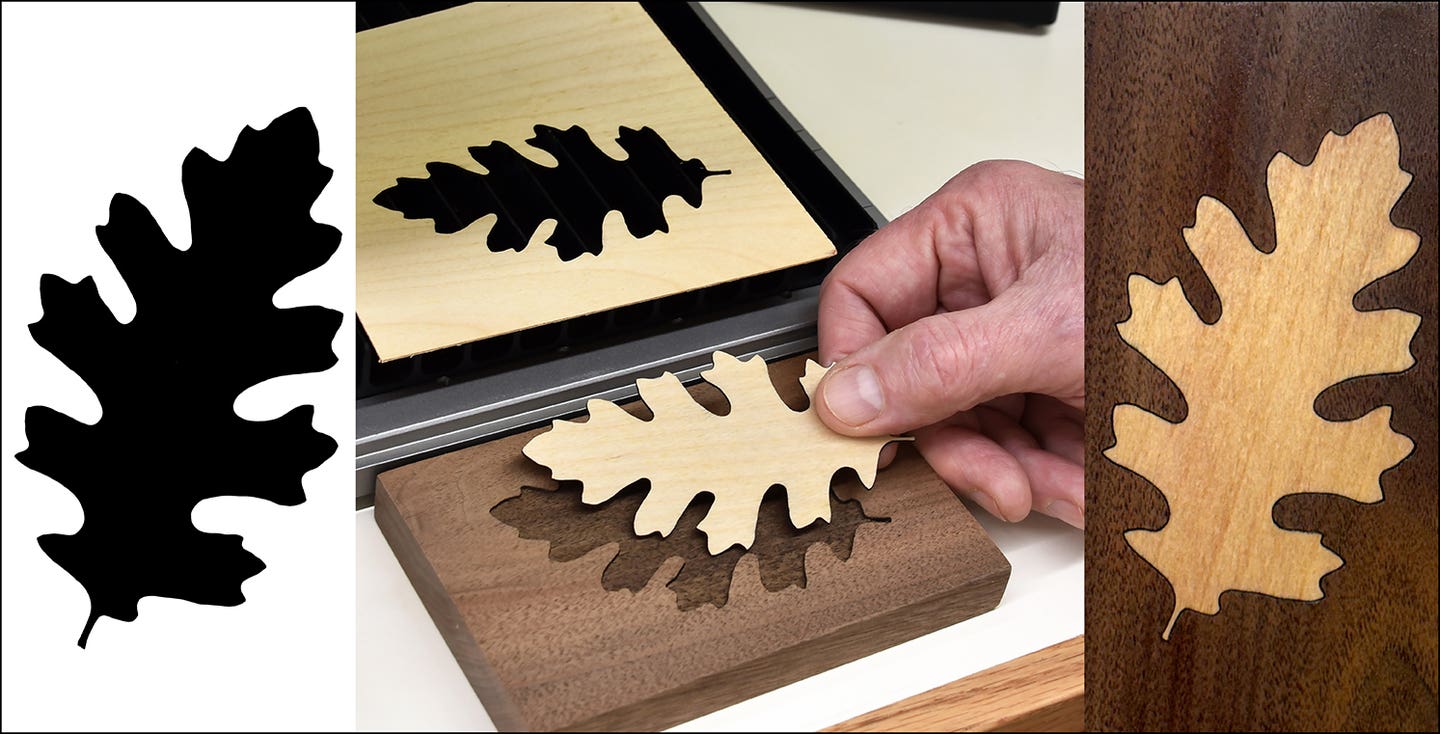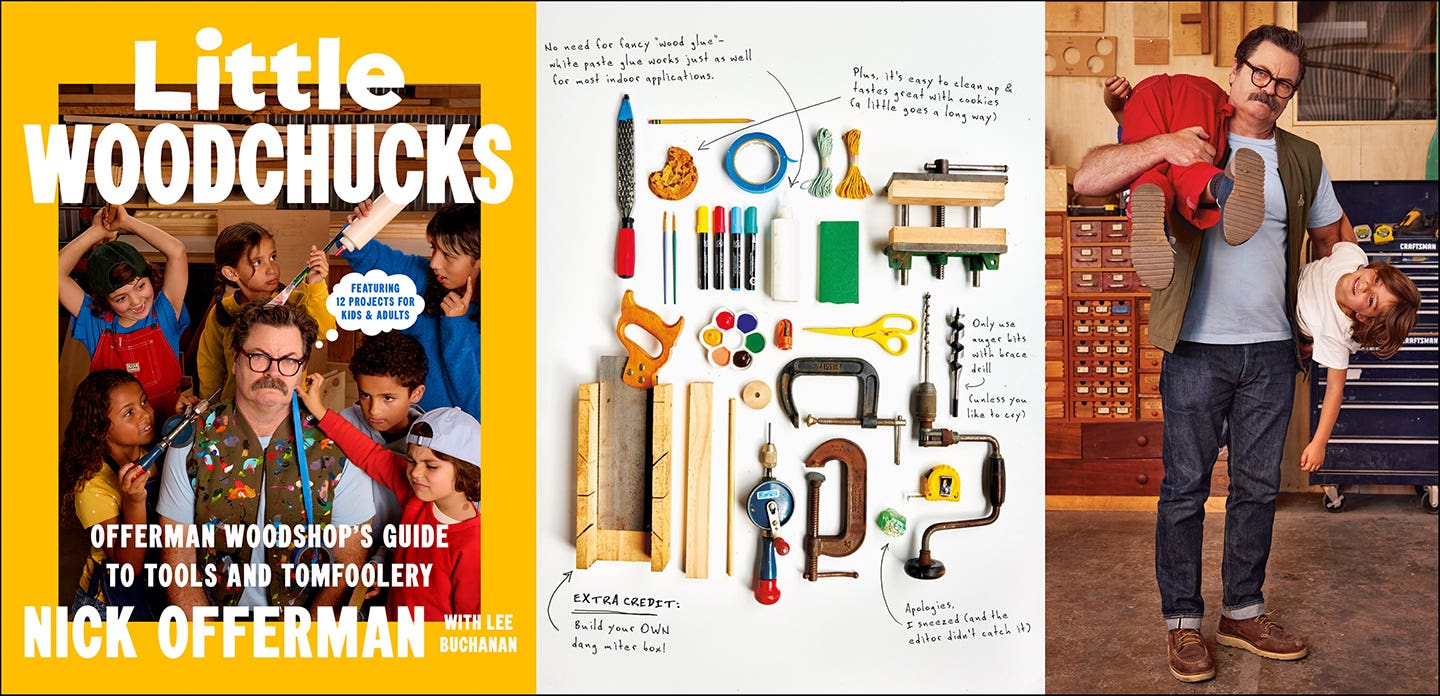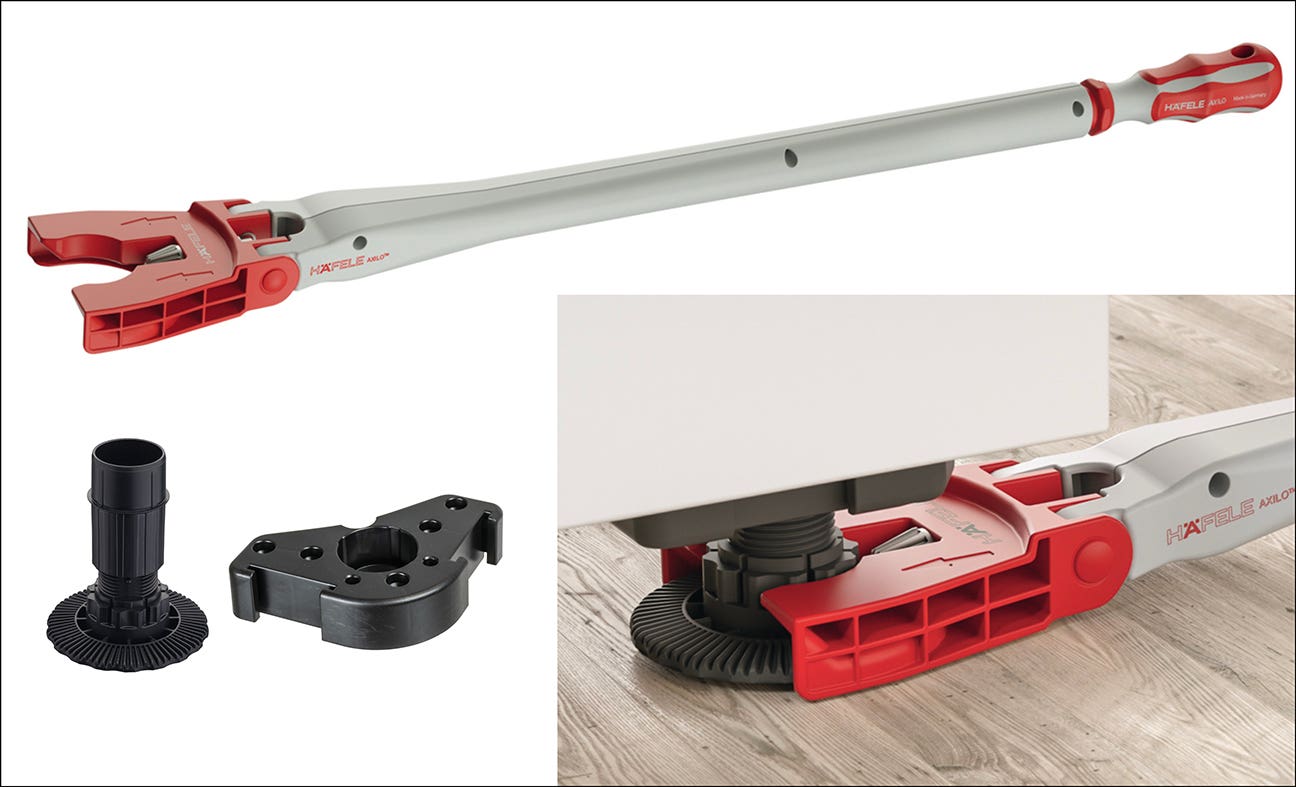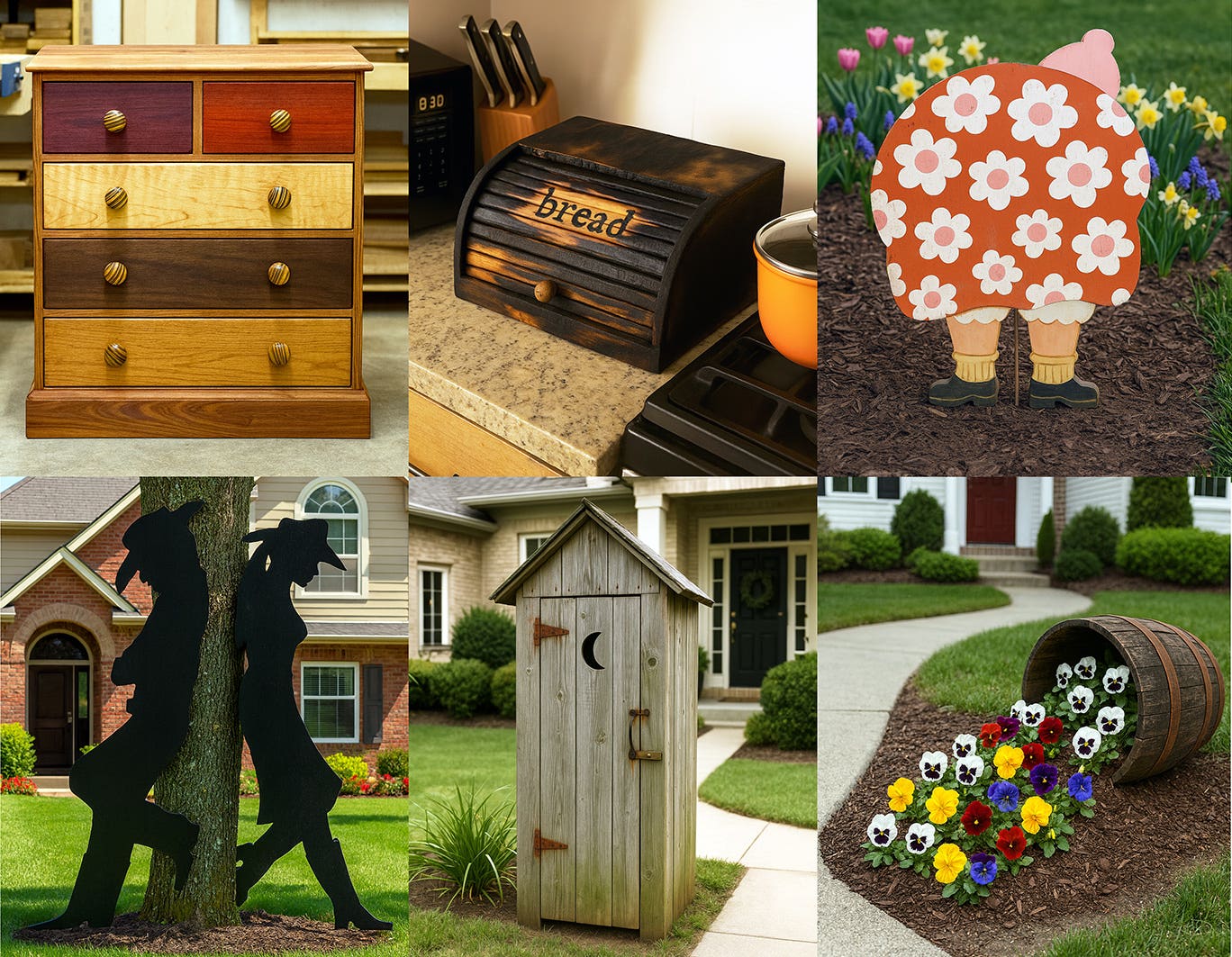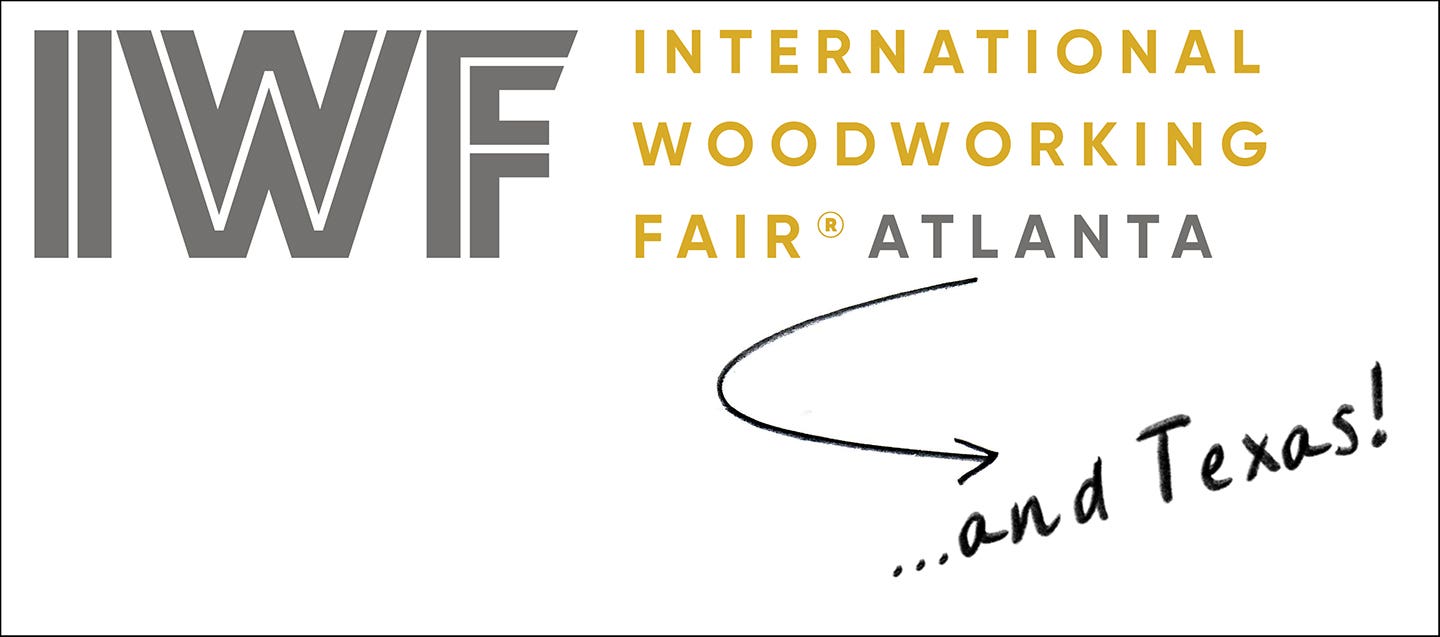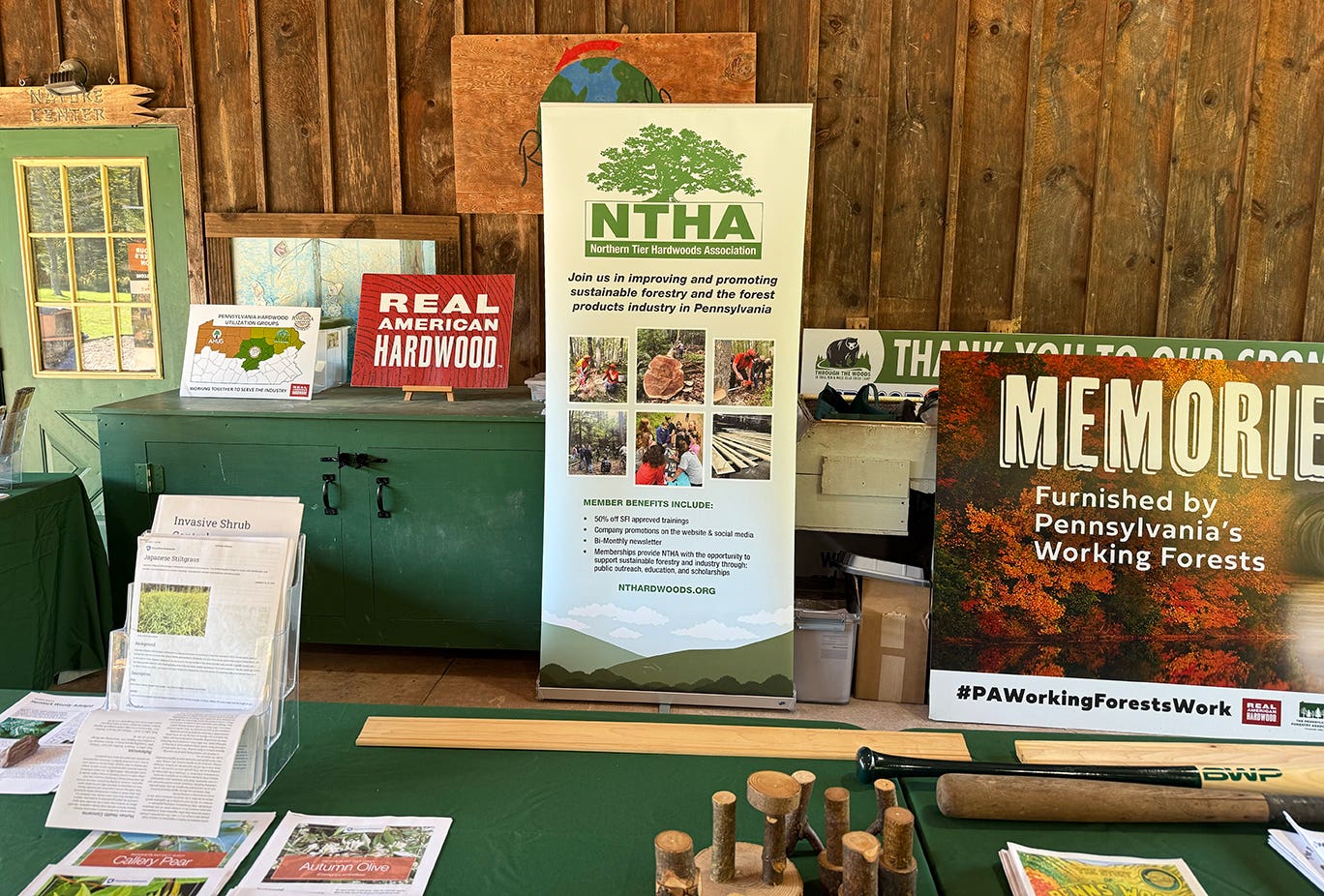A bright idea
I’ve heard of it for years, and even wrote about it once. “It” is daylight fluorescent light, and I just converted my whole shop over to it. My main purpose…
I've heard of it for years, and even wrote about it once. "It" is daylight fluorescent light, and I just converted my whole shop over to it.
My main purpose was to make taking photographs in my shop easier, and I researched a variety of these lights sometimes called "color-corrected" fluorescents and learned that they have four advantages.
The first is that most have a Kelvin (K) temperature rating of around 5,000K to 5,500K. Without getting too technical, light sources have K ratings from the low 1,000s to above 10,000. Low-K lights, like ordinary light bulbs, toss out light with lots of yellow, which is why typical light bulb light feels "warmer." Extremely high-K light is very blue. Both high- and low-K lights can throw off our eyes' perception of color. Finish a table under those lighting conditions, and you might be surprised to see what that table really looks like in natural light. Now, lights in that 5,000-5,500K sweet spot are smack in the middle of the color range, and are often called "full-spectrum" light. It's the most like natural light. In short, the color of your projects will look true, just as it would under white light.
The second advantage is that this full-spectrum light is perfect for photography. I don't understand technical photo stuff much, but there's this thing called white balance with photos. You want your white to be balanced for good photos. These lights apparently balance my white just fine, my shots look better, and I'm happy. Light at 5,000-5,500K is like daylight. Just set the camera for daylight. Easy.
The lights also have a high Color-Rendering Index. CRI is rated on a 0-100 scale, and these lights fall in the 90s. Non-technically speaking, the higher the CRI, the truer and clearer the color of whatever you see (or photograph).
Finally, these lights don't get hot like regular light bulbs. Just try to unscrew a burning 300-watt bulb sometime. With one of my 300-watt equivalent compact fluorescent lights, you can do it without a trip to the emergency room.
My shop has eight hanging twin-tube traditional "shop lights" and two ceiling fixtures. I used to have ordinary cheap tubes in the shop lights, and a pair of 300w incandescent bulbs. I replaced the tubes rated 5,000-5,500K, and the two incandescent bulbs with compact fluorescents of the same K rating. Wow, what a difference!
The shop looks great. My projects look fabulous. My photos come out perfect. Who knows, maybe it even makes me look more handsome.
Till next time,
A.J.
A.J. Hamler is the former editor of Woodshop News and Woodcraft Magazine. He's currently a freelance woodworking writer/editor, which is another way of stating self-employed. When he's not writing or in the shop, he enjoys science fiction, gourmet cooking and Civil War reenacting, but not at the same time.


